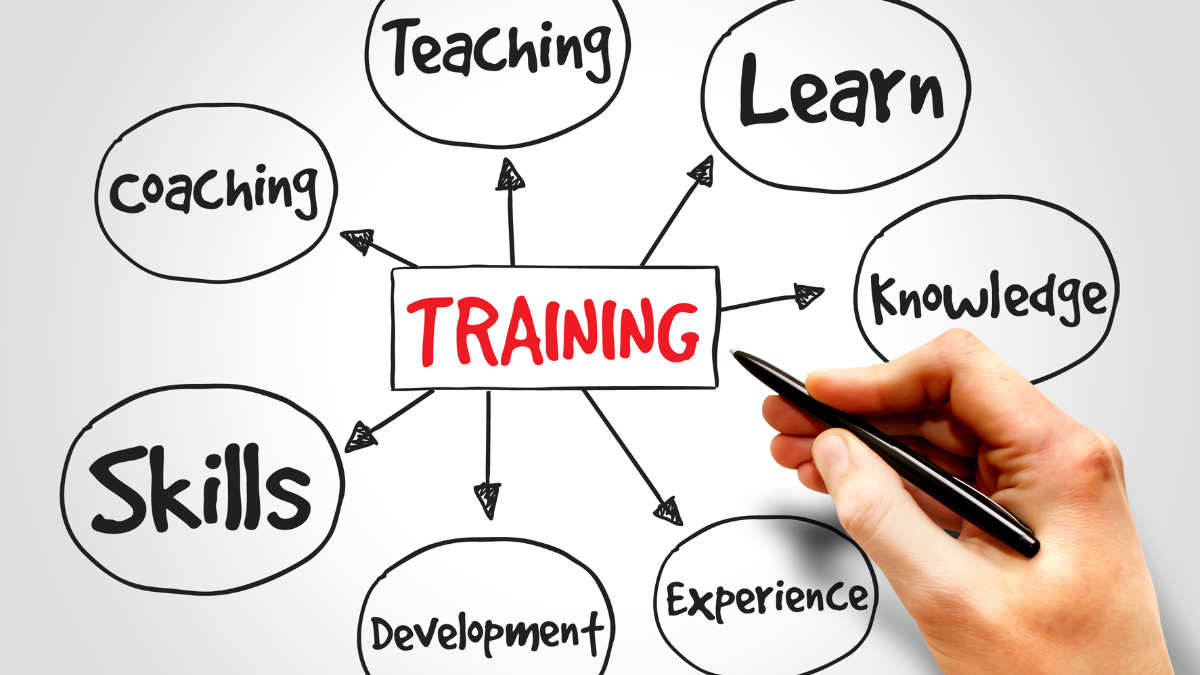Why effective on-boarding is key in successful recruitment
When it comes to recruitment, the process doesn’t end once a candidate accepts the job offer. In fact, the real journey begins with on-boarding. This crucial phase can make or break a new hire’s experience, influencing their long-term commitment and performance. At Consult HR, we believe that effective on-boarding is the linchpin of successful recruitment. Here, we share what exactly on-boarding is and why it should be a top priority for every organisation.
Studies and industry reports suggest that the average cost to hire a new employee in the UK ranges from approximately £3,000 to £12,000 per hire, depending on the role. For senior or specialised positions, this cost can be considerably higher, often reaching £20,000 or more. These costs include advertising the role and internal HR costs for time spent by HR staff in the recruitment process. Therefore, carrying out an effective on-boarding process is vital.
What is on-boarding
On-boarding is the process through which new employees are integrated into an organisation. It involves providing them with the necessary information, training, and support to understand their roles, the company’s culture, and the expectations set for them. This phase typically includes activities such as orientation sessions, meeting team members, understanding company policies, and receiving the tools and resources needed to perform their job effectively.
The importance of on-boarding in successful recruitment
-
First impressions matter
The on-boarding process sets the tone for a new employee’s experience with your company. A smooth, well-structured introduction helps new starts feel welcome and valued. This positive first impression can significantly boost their confidence and engagement from day one. Employees with a negative onboarding experience are twice as likely to look for another job soon.
-
Accelerates integration
Effective on-boarding helps new hires integrate into the company culture and their specific roles more quickly. By providing them with the necessary tools, resources, and information upfront, you reduce the time it takes for them to become productive and comfortable in their new environment.
-
Reduces turnover rates
Employee turnover can be costly. One of the leading causes of early turnover is a lack of proper on-boarding. Research has shown that 20% of turnover occurs within the first 45 days. When new hires feel unsupported or overwhelmed, they are more likely to leave within the first few months. A comprehensive on-boarding programme addresses their concerns and provides a clear pathway to success, thereby increasing retention rates.
-
Enhances employee engagement
Engaged employees are more productive, motivated, and likely to stay with the company longer, with a 58% higher likelihood of staying over three years. On-boarding is the perfect opportunity to foster this engagement, as studies have shown that a structured on-boarding process can lead to 50% greater productivity. By clearly communicating the company’s mission, values, and goals, and showing how new hires fit into this vision, you create a sense of purpose and belonging. Putting in the time at the beginning ensures new employees can hit the ground running, saving you time in the long-run.
-
Improves performance
When employees understand their roles, responsibilities, and the expectations set for them, they are more likely to perform well. On-boarding provides the training and support necessary to ensure new hires have the knowledge and skills to excel in their positions. This foundation is crucial for their success and the overall success of the organisation.
-
Builds relationships
On-boarding is not just about imparting information; it’s also about building relationships. Introducing new hires to their colleagues, managers, and mentors helps establish a network of support. These connections are invaluable for navigating the workplace and fostering a collaborative environment.
-
Ensures compliance
From understanding company policies to adhering to legal and regulatory requirements, on-boarding ensures that new employees are fully compliant from the start. This not only protects the company from potential risks but also educates employees on important standards and procedures.
How to optimise your on-boarding process
Given its importance, here are a few key strategies to help maximise your on-boarding process:
- Start early: Begin the on-boarding process before the new hire’s first day. Provide them with essential information and a clear agenda for their first week.
- Personalise the experience: Tailor the on-boarding programme to the individual’s role and needs. This personal touch can make a significant difference in how they perceive their new workplace.
- Incorporate feedback: Regularly solicit feedback from new hires about the on-boarding process and make adjustments accordingly. Continuous improvement is key to maintaining an effective programme.
- Utilise technology: Leverage technology to streamline on-boarding tasks. Online portals, digital training modules, and virtual tours can enhance the experience and ensure consistency.
- Support ongoing development: On-boarding should be the starting point for continuous learning and development. Provide opportunities for new hires to grow and advance within the company.
On-boarding is a vital component of the recruitment process, laying the groundwork for a new employee’s success and integration within the company. By investing in a robust on-boarding programme, organisations can enhance employee satisfaction, reduce turnover, and ultimately drive long-term success.
At Consult HR, we are dedicated to helping businesses develop and implement effective on-boarding strategies that support their overall talent management goals. Remember, the journey doesn’t end with hiring; it begins with on-boarding. For help with your on-boarding process, email: julie@consulthr.co.uk



































